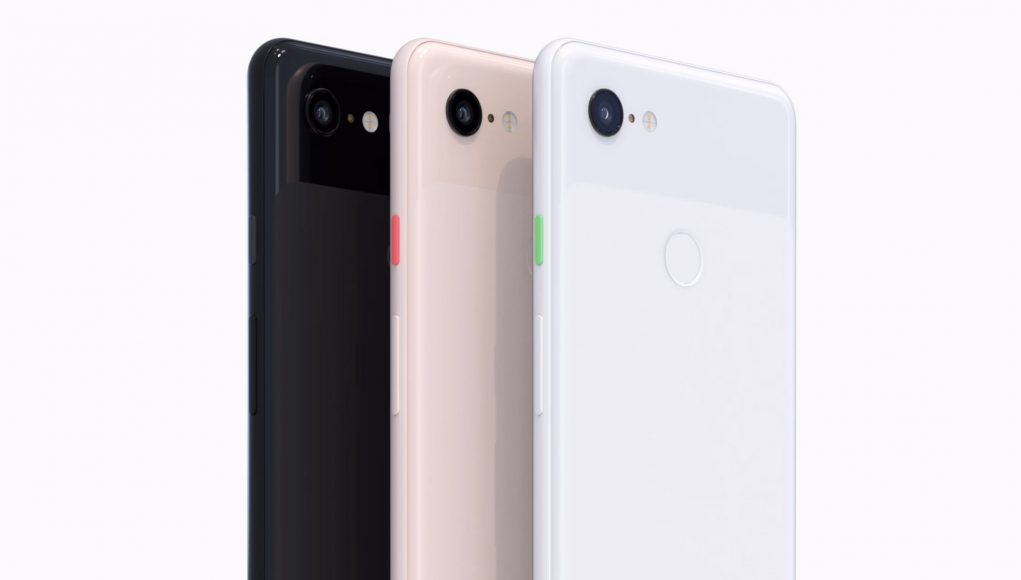Google today revealed its latest phones, the Pixel 3 and Pixel 3 XL. And while the introduction of the devices didn’t see much fanfare related to VR, Google has confirmed to Road to VR that both phones are compatible with its Daydream View headsets.
When Google introduced the first ‘Pixel’ phone back in 2016, it also revealed its first real VR headset called Daydream View, putting VR in the spotlight and marking Pixel as the first ‘Daydream ready’ phone among more to come.
At the 2017 introduction of the Pixel 2, Google revealed a brand new version of the Daydream View headset complete with improved lenses and design, including a heatsink which increased the performance of phones while used in the headset. While VR wasn’t featured as prominently here as the 2016 Pixel event, it was still cleary a focus for the company.
But today at the introduction of the Pixel 3, Google’s smartphone-based VR ecosystem saw no updates to the Daydream View headset or mention of improvements to the platform. That said, Google confirmed that both the Pixel 3 and Pixel 3 XL are both Daydream ready phones, which means they’ll work just fine with the 2016 and 2017 Daydream View headsets.
The trend isn’t unfamiliar, and seems to indicate that interest in smartphone-based VR is waning in favor of standalone VR headsets. Samsung too, which once poised its Gear VR headset as a defining feature of its flagship phones, hasn’t made any significant updates to their headset in a few years, despite continuing to maintain support as newer phones have been introduced.
Oculus, who has a big stake in Gear VR as it runs Oculus’ software, has been largely silent about Gear VR in favor of Oculus Go, the company’s first standalone headset which is effectively a Gear VR but without the reliance on a snap-in smartphone.
Google too appears to be paying increasing attention to standalone VR at the expense of its smartphone VR offering, having touted the launch of the Lenovo Mirage Solo, the first Daydream-powered standalone VR headset, earlier this year.
“We’re continuing to invest in AR and VR,” Google said in a statement to Road to VR, and pointed to a slew of experimental features, including 6DOF input, which the company revealed for the Mirage Solo earlier this year. Google wouldn’t comment on future plans for Daydream View.







